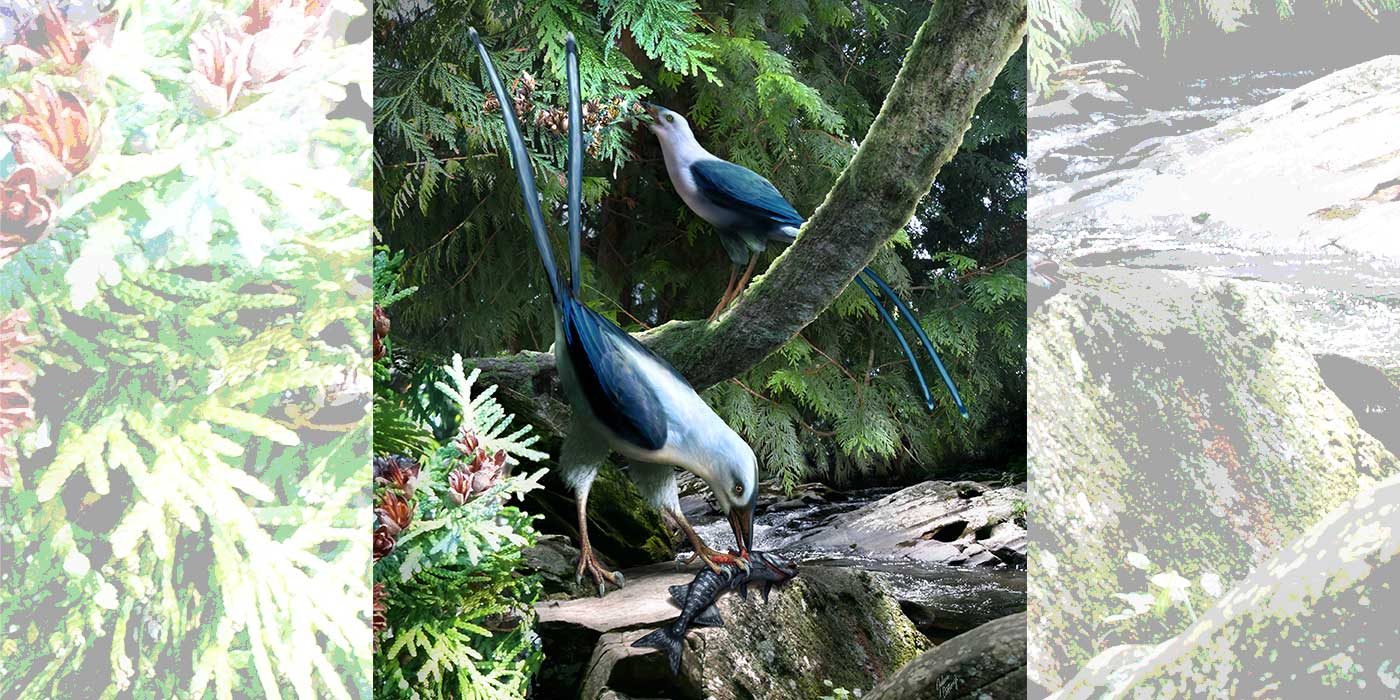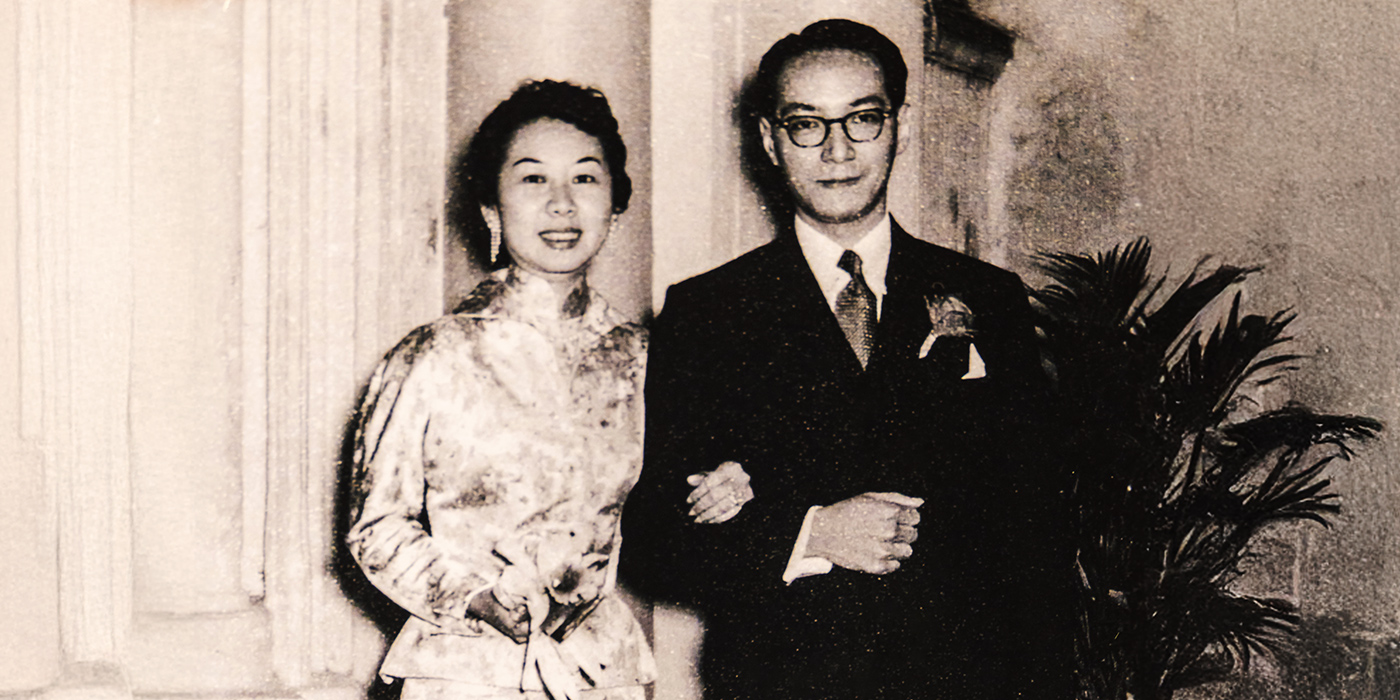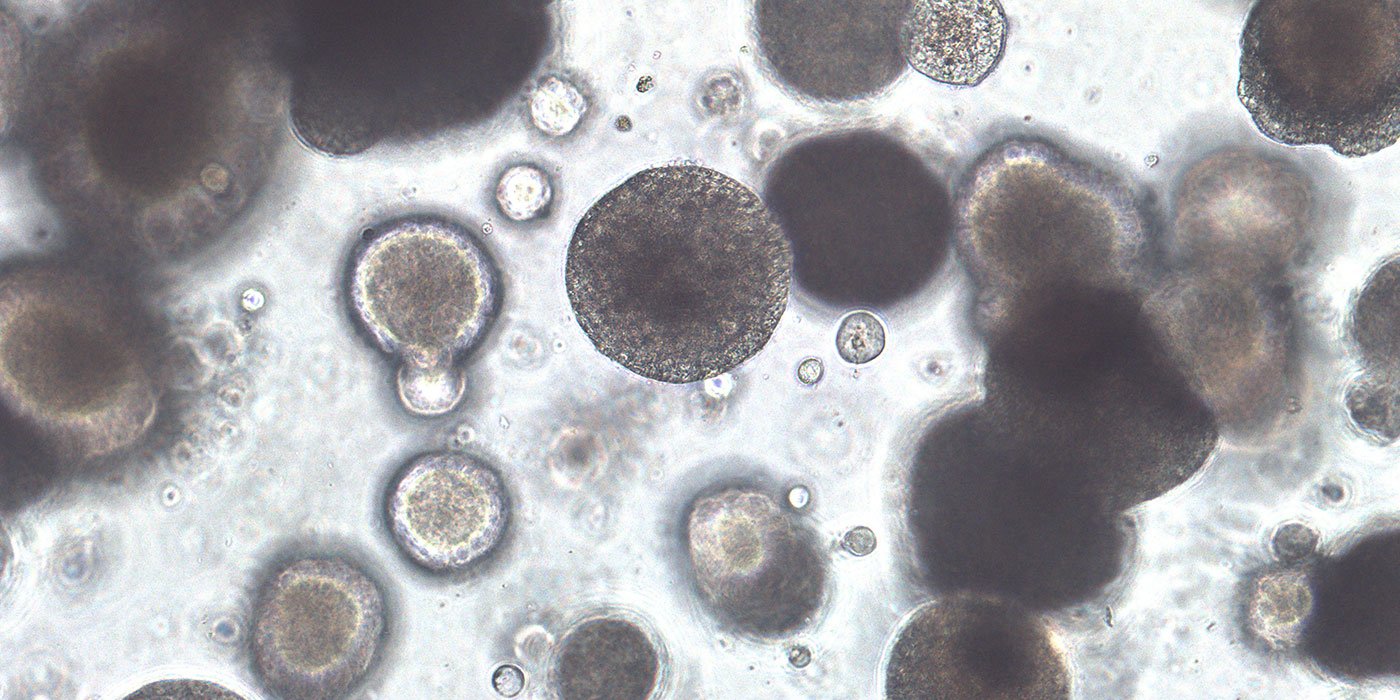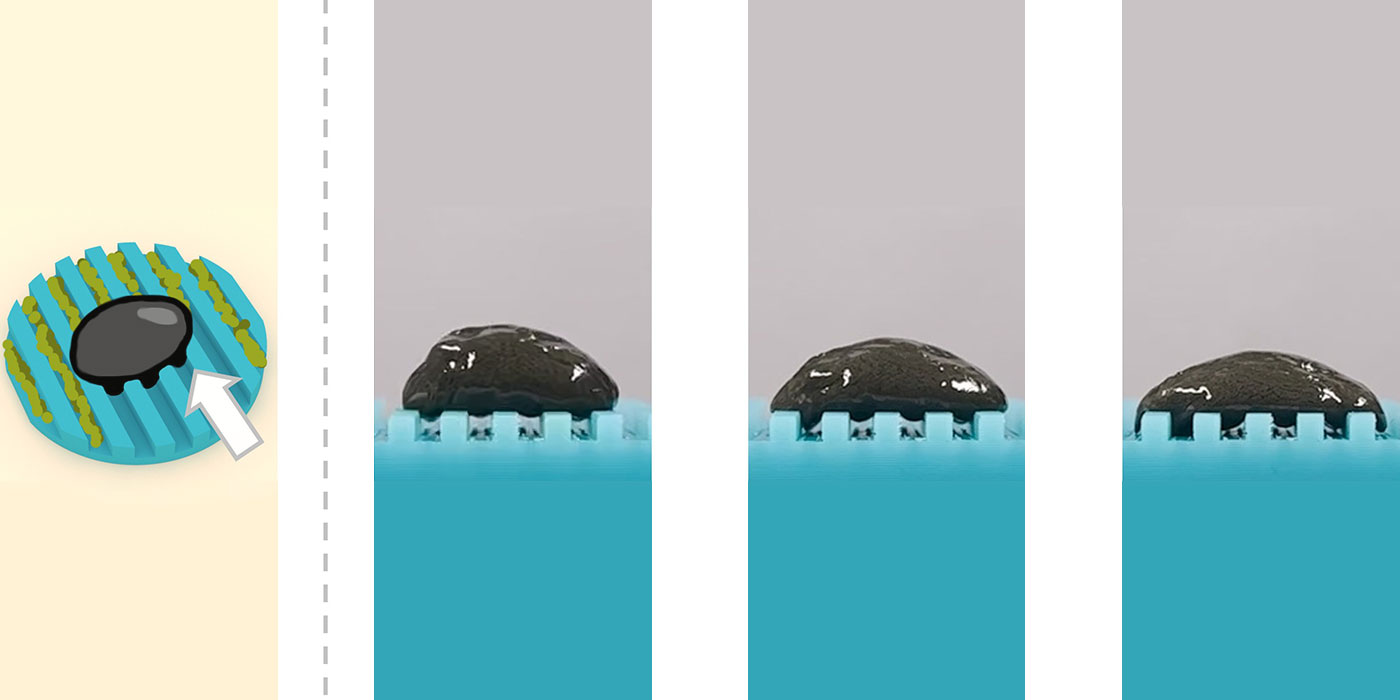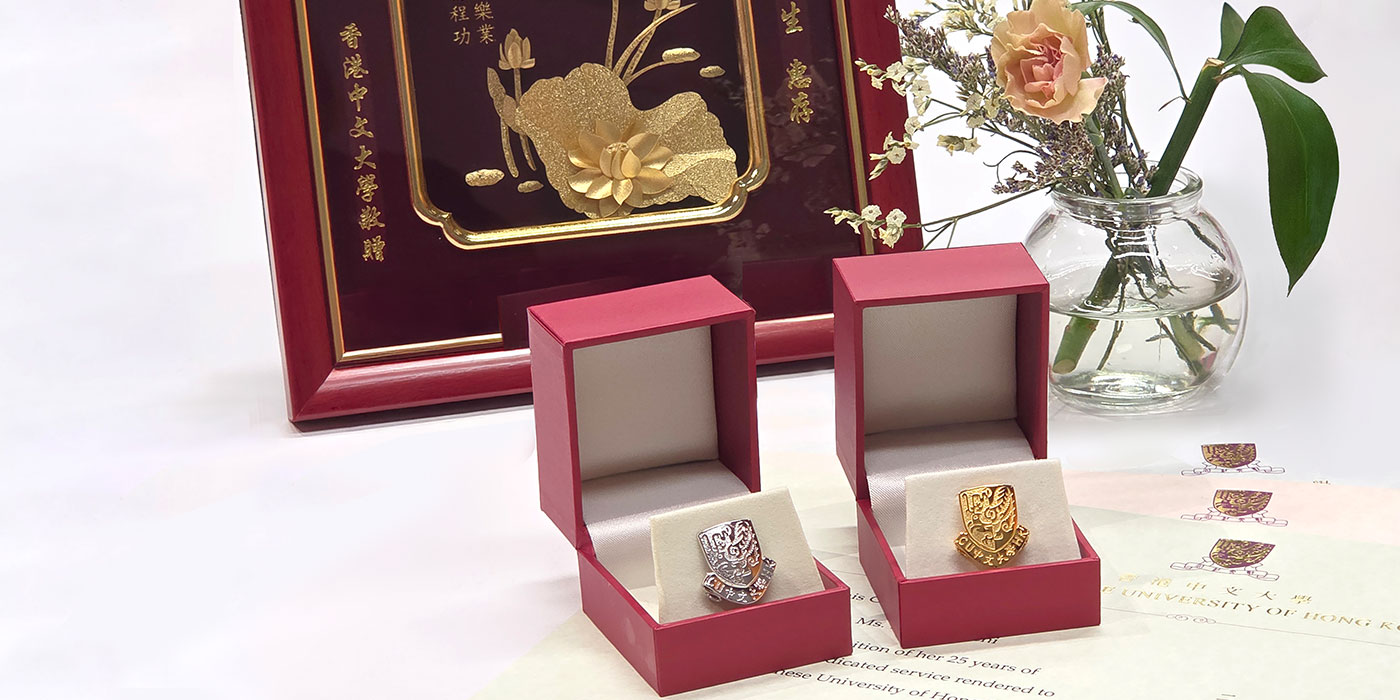Earliest evidence of macrocarnivory in birds identified
An international palaeontological research team led by CUHK has identified the earliest evidence of a bird being a macrocarnivore, an animal that hunts and kills large animals. As part of their investigation into the diet of ancient birds, the team set out to investigate a 130-to-120-million-year-old family of birds known as Pengornithidae. They identified traits of Pengornis including large body size, moderately strong jaws, and enlarged and highly curved claws, which have converged with living raptorial birds, pushing back their origin by at least 35 million years. The team’s work has brought with it revelations about the origin of flight and a deeper understanding of how ecosystems functioned before a meteor wiped out non-avian dinosaurs. Their findings were published in the international interdisciplinary journal iScience.
Pengornithidae is one of the best-known families of fossil birds. “They have a fascinating mix of characteristics,” said Dr Michael Pittman of CUHK’s School of Life Sciences. “Their skulls are very similar to the earliest birds like Archaeopteryx, and even to some dromaeosaurids like Velociraptor, but their wings are more similar to living birds than they are to the wings of many of their close relatives.” Larger than most other birds at the time, and with many more teeth, pengornithids stand out in the fossil record.
The team found most pengornithids were most likely to prey on fish. They are larger than most invertebrate-eating birds and have weaker jaws than most plant-eating birds.
“I am excited to see where this new information takes us. Flight unlocks so many new ecological niches, and the more we study early birds and bird-like dinosaurs, the more diversity we find,” said Dr Pittman.
The full paper can be read here.

